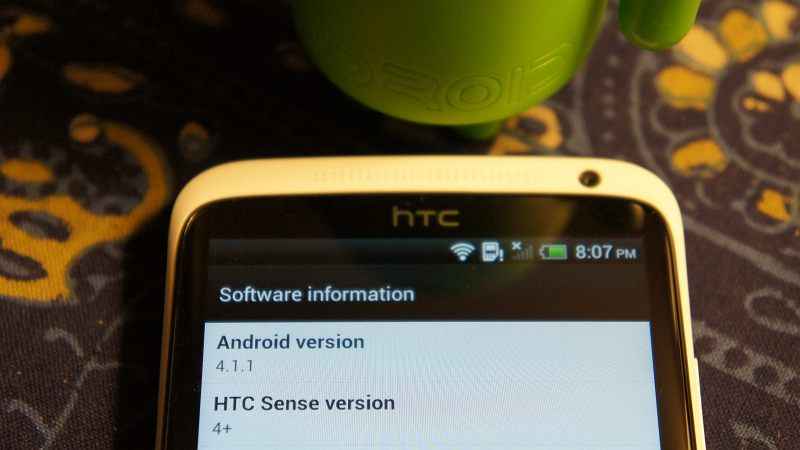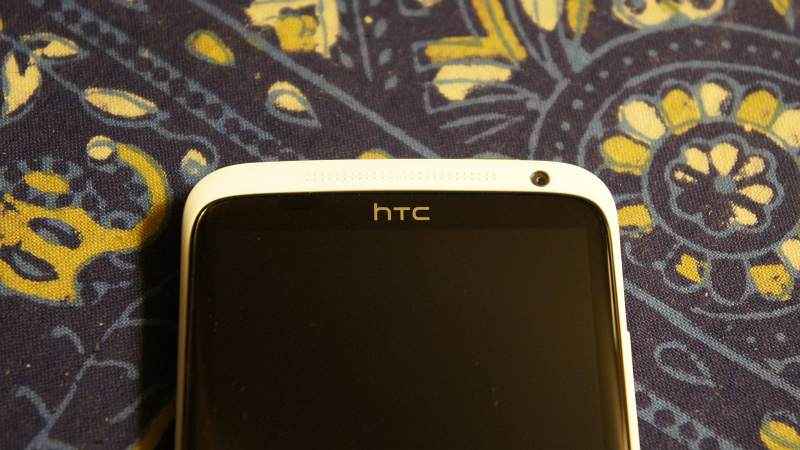The HTC One X+ is clearly what the One X should have been in the first place. On a rather interesting note, the One X+ pips the Samsung Galaxy S III in most of the system performance benchmarks. But the pricing of the device is a bit of a downer. The price of Rs. 40,190 that HTC has shared with us makes the Galaxy S III a bit more attractive, since it is currently retailing for considerably less money, at around Rs. 36,000.
If you remember, we had recently done a first impressions story of the One X at an event recently, and at time, we got the black version to play with. The test unit we have received is the same white one as the One X.
Build & Design
The HTC One X was a looker, and the One X looks exactly the same from the outside. Except for the slight difference – the red color on the touch sensitive keys and a red ring around the camera. The One X is a very much a premium phone to feel, hold and use. The polycarbonate finish on the unibody design is pretty much worth the time and effort.
By carrying forward the exact same looks as the One X, what HTC have managed to do is line this up as a refresh. There are some positives to this, without doubt. The slight curve on the rear panel is immensely helpful when you are typing out an SMS with the fingers of the same hand that is holding the phone. While the battery cover isn’t exactly matte or rubberized, the One X is perfectly designed for single-hand operation.
The excellent display carried forward from One X is definitely one of our favourites across smartphones.
On the front is the 4.7-inch display, accompanied by three touch sensitive keys below it – return, home and task manager. The tinge of red marking these keys looks very cool – the slight sporty touch to a phone that otherwise looks very classy and understated, for the most part. The bezel is very thin, and the display sits slightly higher than the unibody for quite some while, thanks to the outward curve towards the middle at the back. The display glass kind of flows over on the two sides like water down a cliff, and feels brilliant when you are swiping your finger across the screen.
Above the display is the nicely chiseled out earpiece grille, on the white portion. Next to it is the front facing camera. Switch over to the sides, and the left spine first. This has the microUSB port. The right spine has the volume rocker that blends brilliantly with the rest of the design. Two observations regarding the rocker – it has the perfect height for use without looking at it and the same colour as the rest of the phone makes this go almost unnoticed the rest of the time. The top has the power key, while the 3.5mm headphone jack utilizes the dual curve on the top and the rear panel to fit in seamlessly.
The biggest distinguishing factor between the One X and the One X – the red treatment on the touch keys.
On the back is the camera and the flash towards the top, with the silver HTC logo in the middle and the Beats Audio logo below it. Towards the bottom is the hands-free speaker, which has been carved out rather classily, akin to the earpiece at the front.
To understand most elements of the design influence, you need to look at the phone placed vertically on a flat surface, from side on. The slimness literally shouts, silently. The Motorola Razr has received a lot of praise for its slimness, but the numbers to bring out some interesting facts – at 8.9mm, the One X isn’t far behind the Razr’s 7.1mm (at its thinnest). For a phone that packs in insane amounts of power, that is not a bad deal.
We have mentioned the slight curve on the top and bottom of the HTC One X multiple times when describing what the phone looks like. When looked at side-on, the slight banana-like shape does add an extra visual element, along with the comfort and functionality of easier grip. The only issue with this slimness is that the 8MP camera protrudes out at the back, and when placed flat, the phone rests on a part of the clicker. This could lead to scratches on the lens.
The One X is rather well sculpted, and has a nice mixture of understated and sporty/youthful elements. The unibody looks brilliant, and we have seen the phone in both white and black colours, and both look equally stunning. If you are in the demographic that finds the Galaxy S III to be plasticky, the One X and the One X will surely warm your heart with a bit of polycarbonate trickery!
The HTC logo has a slightly shiny silver finish, and might get scratches. The Beats Audio punch remains.
Features & Specifications
The upgrade on the One X over the One X is the upgraded processor. The newer Tegra 3 quad-core processor clocks at 1.7GHz, while the One X got a 1.5GHz processor. Almost everything else (except for the battery) remains exactly the same on the two phones, specs wise. That we are rather thankful for!
The primary reason for that is the 4.7-inch S-LCD2 display on One X and X is among the better smartphone displays out there. The resolution of 1280 x 720 pixels is adequate to provide a great experience. Primary among them is the depth of the black levels, and fairly good brightness levels. The sharpness of the text is impressive. What it loses out on is the vivid colours that an AMOLED display would offer, but by no means is this inadequate in any way. However, compared to the Galaxy S III, we prefer this display because the colours remain a lot more natural. By comparison, the S III has fairly vivid colours, some of which look doctored and unnatural for the most part. The display isn’t very reflective, and that helps a lot with viewing when outdoors.
The less reflective nature of the display makes it very comfortable to use in brightly lit environments.
The One X version launched in India has a 64GB internal storage, but no memory card slot. Additionally, Dropbox users will get an additional 25GB free storage as a part of a promotion offer.
On the software side, the One X comes preloaded with Jelly Bean (Android 4.1). But the bigger change is the HTC Sense version has now been updated. If you remember, we had pointed out that the Sense version on the One X crashed quite often and was generally fairly buggy. This one, it seems, is the version where the bugs and issues have been ironed out. It felt quicker to use as well, and we did not face any issues of crashes, reloads or stutters in the time we used the phone.
The phone has a very classy footprint, and yet remains very comfortable for same-hand operation.
Visit page two to read about the performance of the HTC One X , as well as our overall verdict…
Performance
With that one upgrade, the One X has managed to do what the One X couldn’t – beat the Galaxy S III for the hearts, minds and the cash of prospective buyers. But now, at least on our test sheets, the One X is the fastest Android smartphone in the market. We have some graphs here to illustrate what the benchmark scores were like at the end of it all.
Benchmarks aside, the real world usage experience is very smooth. The extra power does offer a significant improvement over the One X, and is very visible.
However, there is no taking away from the fact that while the One X itself was very powerful, this one just takes that and becomes even better thanks to the extra power available on tap. In terms of side-by-side comparison with the Galaxy S III, the benchmarks may offer a different picture, but both phones feel exactly the same under the same app load and usage scenario. But we are a tad surprised that HTC did not upgrade the RAM on the One X to 2GB. That would have made a huge amount of additional difference.
Where the Galaxy S III is still ahead of the One X is the graphics bit. With the ULP GeForce 2 graphics, the performance on offer is better than the One X, but still is behind the punch offered by the Mali-400MP graphics solution. The One X stored 5948 in the GLBenchmark Egypt test, while the S III returned with an impressive 6633 score. In the NenaMark 2 FPS test, the One X has a score of 57FPS, while the Galaxy S III scored 59.7FPS. While the gaming experience on both devices is exactly the same in the real world, these are just some numbers to portray that razor thin performance difference.
The most powerful Android phone available in the market at the moment, at least as per our benchmark and performance comparisons.
Battery life on the One X is better than the One X, and will get you through a day easier than the One X. You may be surprised, considering the One X has more power, but a newer OS and a better optimized HTC Sense seems to have made most of the difference. Also, HTC has packed in a 2100mAh battery in the One X , compared to the 1800mAh pack in the One X. The Galaxy S III will still offer slightly better battery performance, still, in the same usage scenario.
The updated version of the HTC Sense is one of the major reasons for this phone’s excellent performance. The One X was buggy, to say the least.
The One X ’s camera is the same 8MP one carried forward from the elder sibling. The One X was one of the first phones to get the Burst mode – record video and shoot stills at the same time. The One X also gets HDR mode. The quality of photographs and videos is quite brilliant overall. When deployed in brightly lit conditions, the images are clean, vivid and crisp. Same for videos, which do away with judder rather well in pan shots. However, low light photographs are slightly behind the ones taken by the Galaxy S III, in terms of noise handling and colour evenness.
The well-chiselled earpiece grille.
Bottom Line
The HTC One X is clearly what the One X should have been in the first place. On a rather interesting note, the One X pips the Samsung Galaxy S III in most of the system performance benchmarks. But the pricing of the device is a bit of a downer. And the performance advantage is only going to appeal to those who ar very interested in bragging the slightly better benchmark scores over their friend’s phone. The price of Rs. 40,190 that HTC has shared with us makes the Galaxy S III a bit more attractive, since it is currently retailing for considerably less money, at around Rs. 36,000.

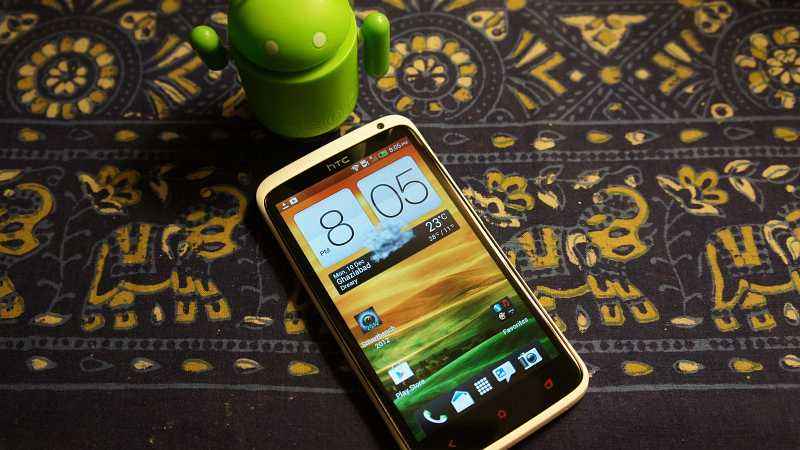
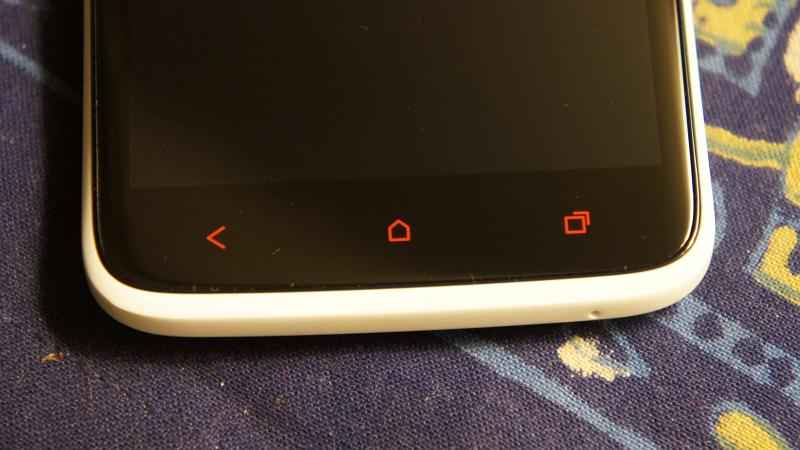
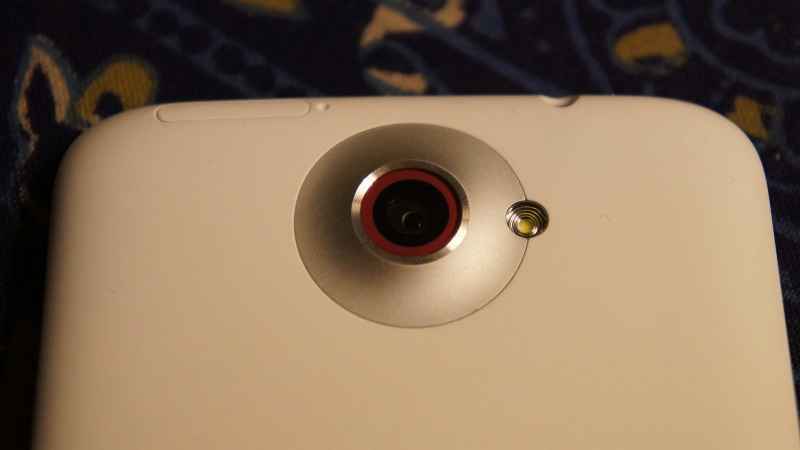
.jpg)
.jpg)
.jpg)

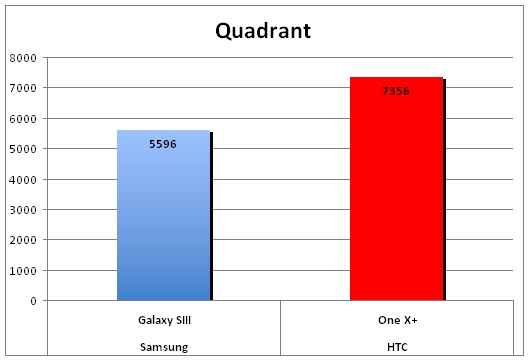
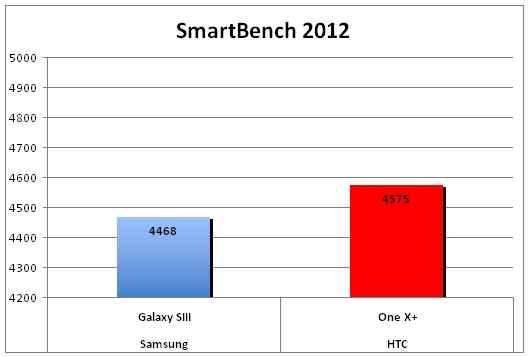
.jpg)
